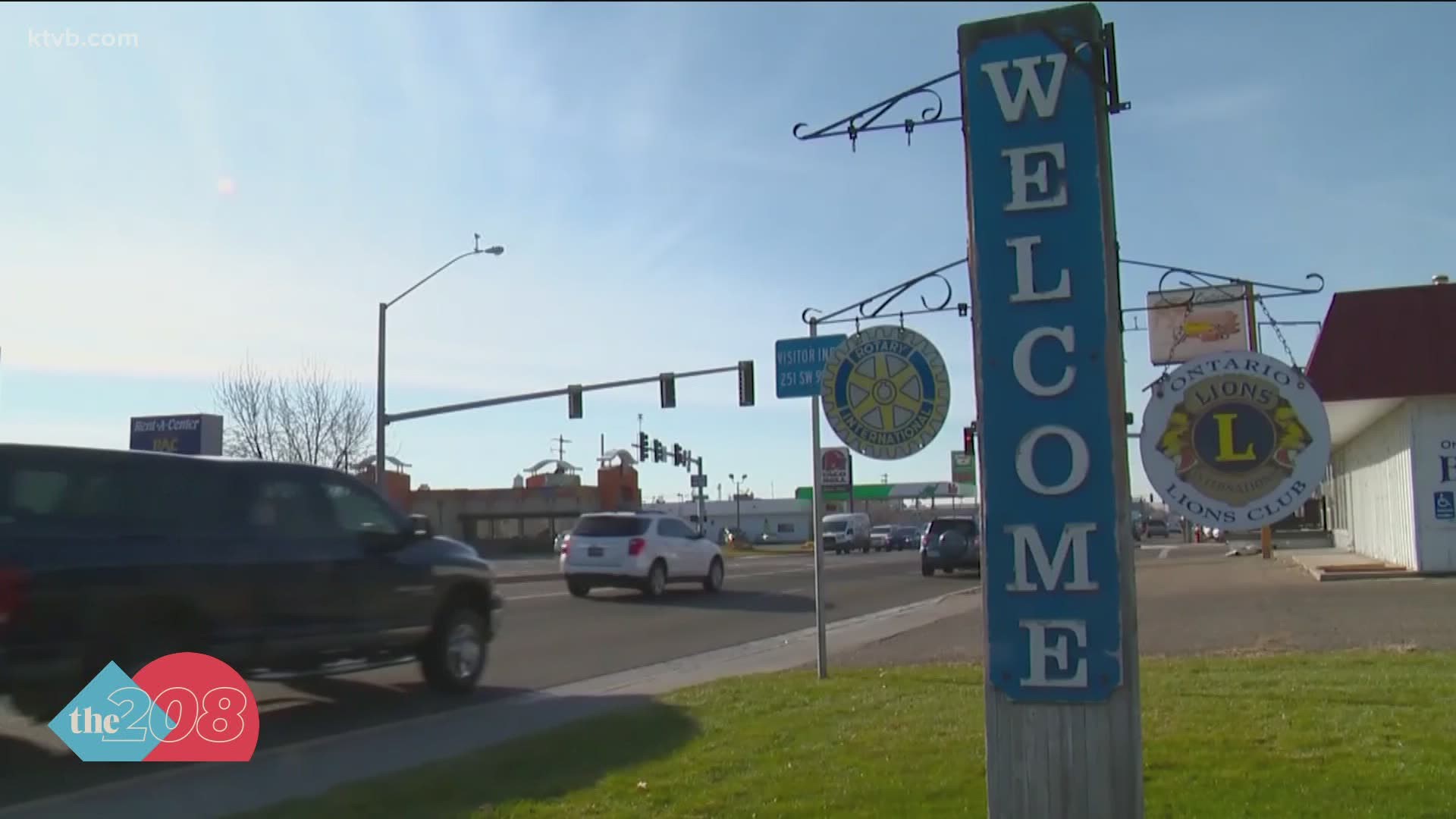BOISE, Idaho — Regulations pertaining to COVID-19 look different from state to state. Across the Idaho-Oregon border, health officials have different protocols depending on what side of the line people are on.
Sarah Poe, director of the Malheur County Health Department in Oregon, says coronavirus numbers in her county, right on the border with Idaho, continue to rise.
“In Oregon, Malheur County is on a statewide watchlist," Poe said. "We’ve been set back into Phase 1 and looking at the sporadic rate, meaning we look at the number of cases that can’t be linked to a known case, we have been the highest in the state and also have the highest case rate."
In a news release, the Malheur County Health Department writes in-part, “Idaho has not comprehensively followed public health recommendations statewide and counties like Canyon, Payette, and Washington, which border Malheur County, have chosen to ignore the recommendations of the CDC, White House, and public health departments.”
Poe pointed to the primary difference between the neighboring states when it comes to coronavirus-related regulations: Oregon has a statewide mask mandate while Idaho does not.
Idaho has regional mask mandates, implemented by cities, counties or health districts, but none include places along the border with Malheur County.
Southwest District Health in Idaho has a coverage area that includes Canyon, Payette, and Washington Counties. The health district highly recommended the use of masks but hasn’t mandated them.
“When you look at Oregon, it has had comprehensive statewide mandates in line with public health recommendations [and] it really has helped us to keep those numbers down," Poe said. "Just looking at the cases in Idaho versus Oregon yesterday, Idaho topped 32,000 and Oregon had just over 26,000 even though Idaho only has 40% of the population that Oregon has."
With any border towns, some people live in one state and work in another. Poe noted that there are also things, like legal marijuana and different sales taxes between the states, which also creates a large crossover.
Community events are another reason for border crossing. Poe pointed to the Payette County Fair and Rodeo as a recent example.
Photos posted on Twitter by Argus Observer reporter Nik Streng show packed crowds not wearing masks or practicing social distancing. In the weeks following those events, counties along the border saw an increase in new COVID-19 cases.
“We are just looking at the numbers, just the number of cases and perhaps it wasn’t just the fair but we just know thousands of people were there without following the precautions that we know reduce risk and so we are just pointing out a correlation,” Poe said.
According to Southwest District Health, only one person who tested positive confirmed attending the rodeo.
Director Nikki Zogg told KTVB that there isn’t evidence that event spiked coronavirus numbers in the area.
“Certainly not a cluster that has been linked back to that rodeo,” she said.
In terms of contact tracing, Zogg explained the reality of the work creating a link between positive cases.
“We don’t necessarily talk to everybody that becomes confirmed or probable," she said. "We try to reach out to every person but not every person that tests positive returns our calls and we have the opportunity to investigate."
Poe argued that on both sides of the border, regardless of mandates or not, people need to be aware of COVID-19 in the community. Wearing masks and keeping physical distance will help.
“When we do go out in our communities both in Malheur County and Payette, Washington, Canyon counties we really need to recognize that there are cases all around us and we have to behave as though we could be infected and the people around us could be also,” she said.
Facts not fear: More on coronavirus
See our latest updates in our YouTube playlist:

